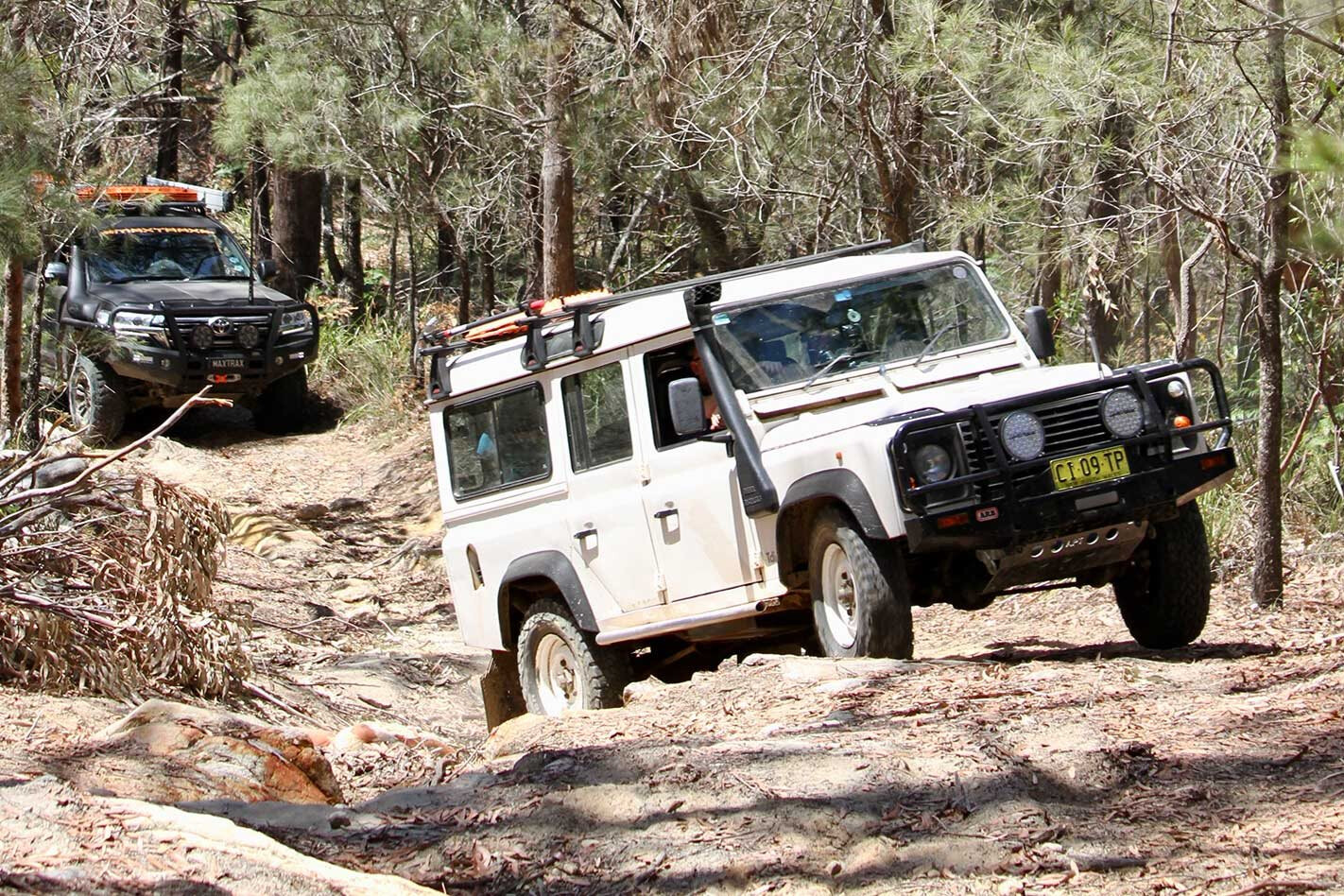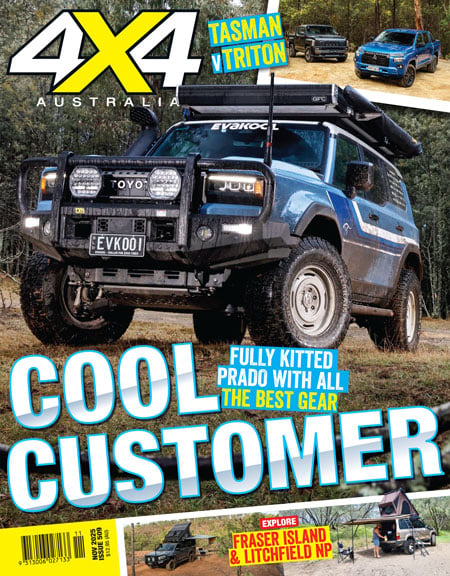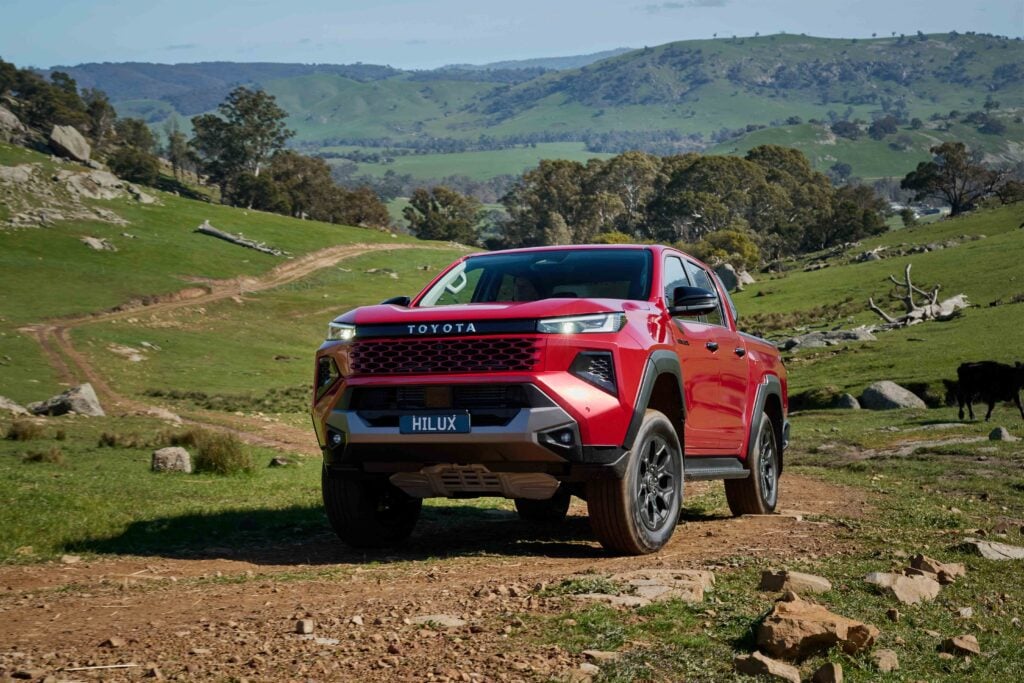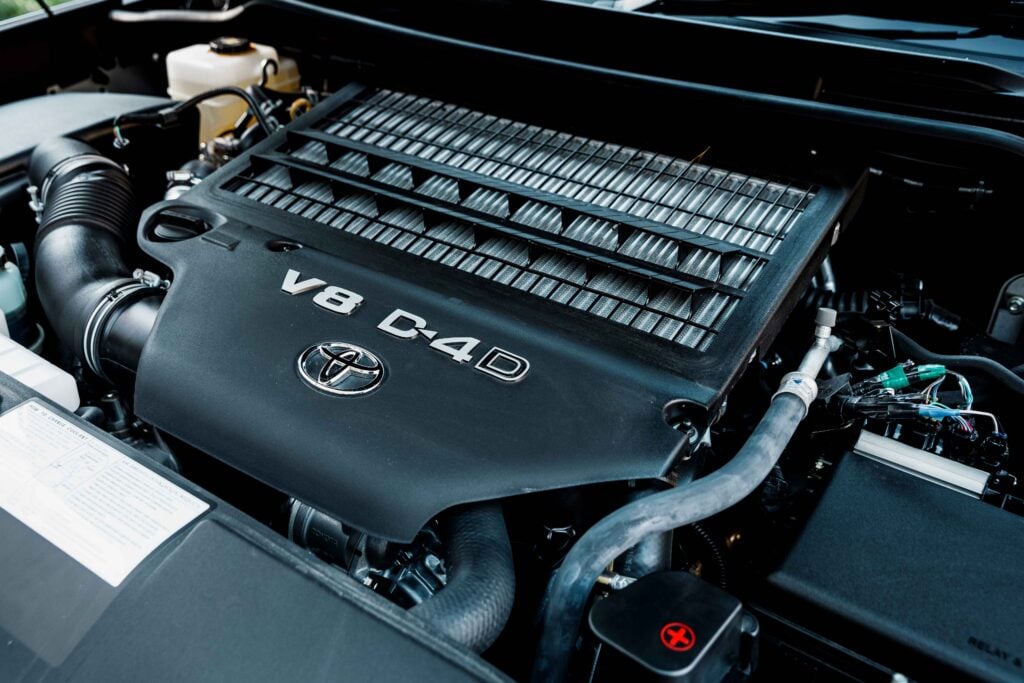When it comes to off-roading, many experienced drivers swear by the toughness and feel of older 4×4 vehicles.
Older rigs like the Land Rover Defender 300Tdi and the ever-capable 80 Series LandCruiser feature long-travel coil spring suspension and live axles – a setup still considered one of the most effective for off-road driving. By comparison, most modern 4x4s now feature independent front suspension (IFS) paired with live axles at the rear, usually supported by leaf springs for load-carrying and durability. A few models, especially higher-end or off-road-focused ones, run coil springs at the rear to improve comfort and articulation.
Tracks that include steep climbs, deep ruts and tricky rock-shelf steps can be relatively easy or quite difficult, depending on the vehicle and its accessories. Vehicles like the Defender and 80 Series cruise up climbs with ease, rarely lifting a wheel or struggling for traction. Engaging air lockers on steep climbs allows slow, controlled progress in low-range first gear, with suspension flexing to absorb obstacles.
By contrast, some modern vehicles – particularly those with IFS and no rear diff lock – may struggle to maintain traction and often rely on electronic traction control. Mechanical issues such as damaged tyre valve stems requiring mid-track wheel changes have been observed in these situations. Long rear overhangs on some newer utes also lead to rear bumpers taking knocks, and alloy wheels may suffer damage on rough terrain.
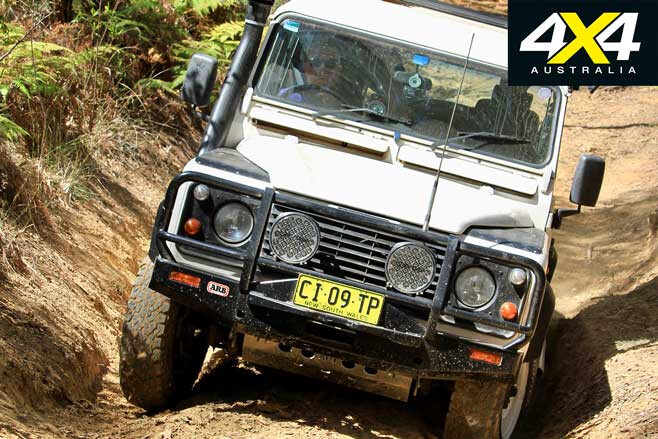
On the downside, older vehicles often lack modern comfort features like reliable air conditioning, which can make dusty tracks and long highway drives less comfortable. Engine cooling can become an issue when pushed beyond moderate speeds, and older vehicles may require ongoing maintenance to address wiring and mechanical faults, especially after extended use.
Despite these drawbacks, older 4x4s remain highly regarded for their fun factor and superior capability in challenging bush conditions. Long live analogue 4x4s.
We recommend
-
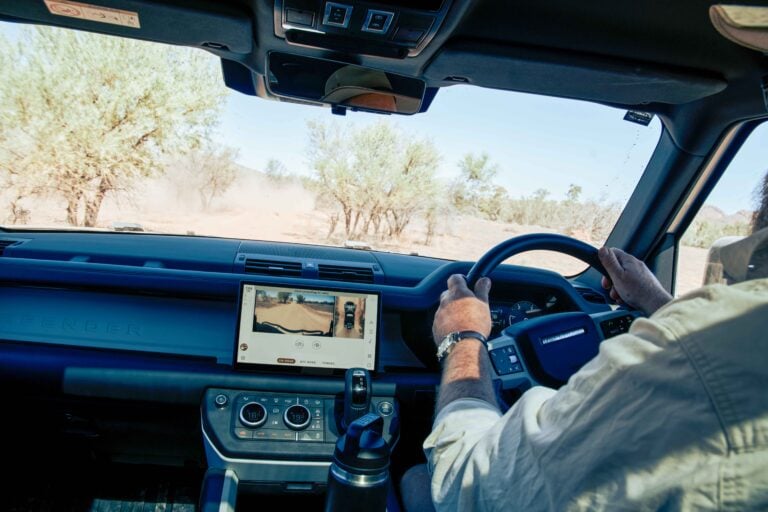 Opinion
OpinionIs modern safety tech making driving more distracting than ever?
Modern vehicles are packed with safety tech – but all that beeping, flashing and prompting might be distracting drivers more than it helps
-
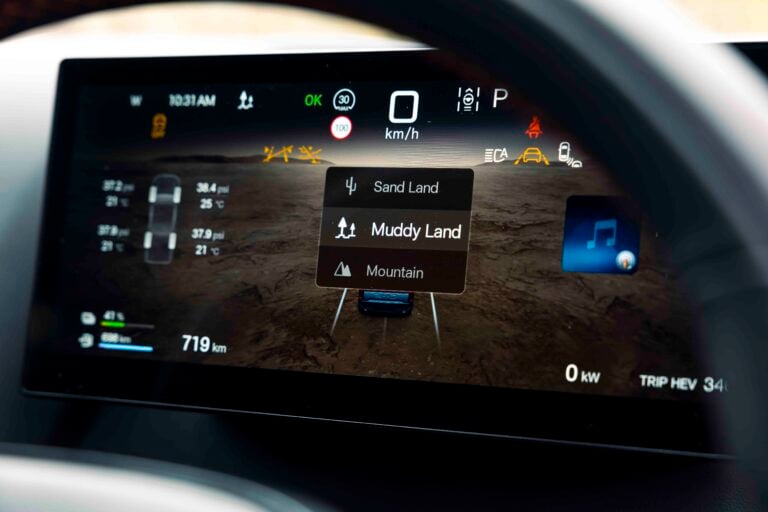 Opinion
OpinionModern 4x4s are overbuilt and overweight – and that’s why old ones are skyrocketing in value
As modern 4x4s grow heavier and more complex, demand for simpler, tougher classics is driving prices through the roof
-
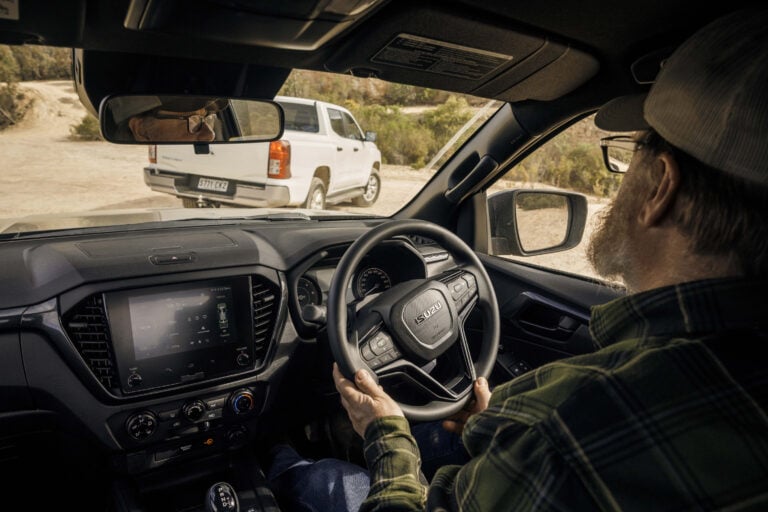 Opinion
OpinionSafety alerts and chimes are distracting drivers, and it’s becoming dangerous
The newer the car, the more annoying and distracting it is to the driver

